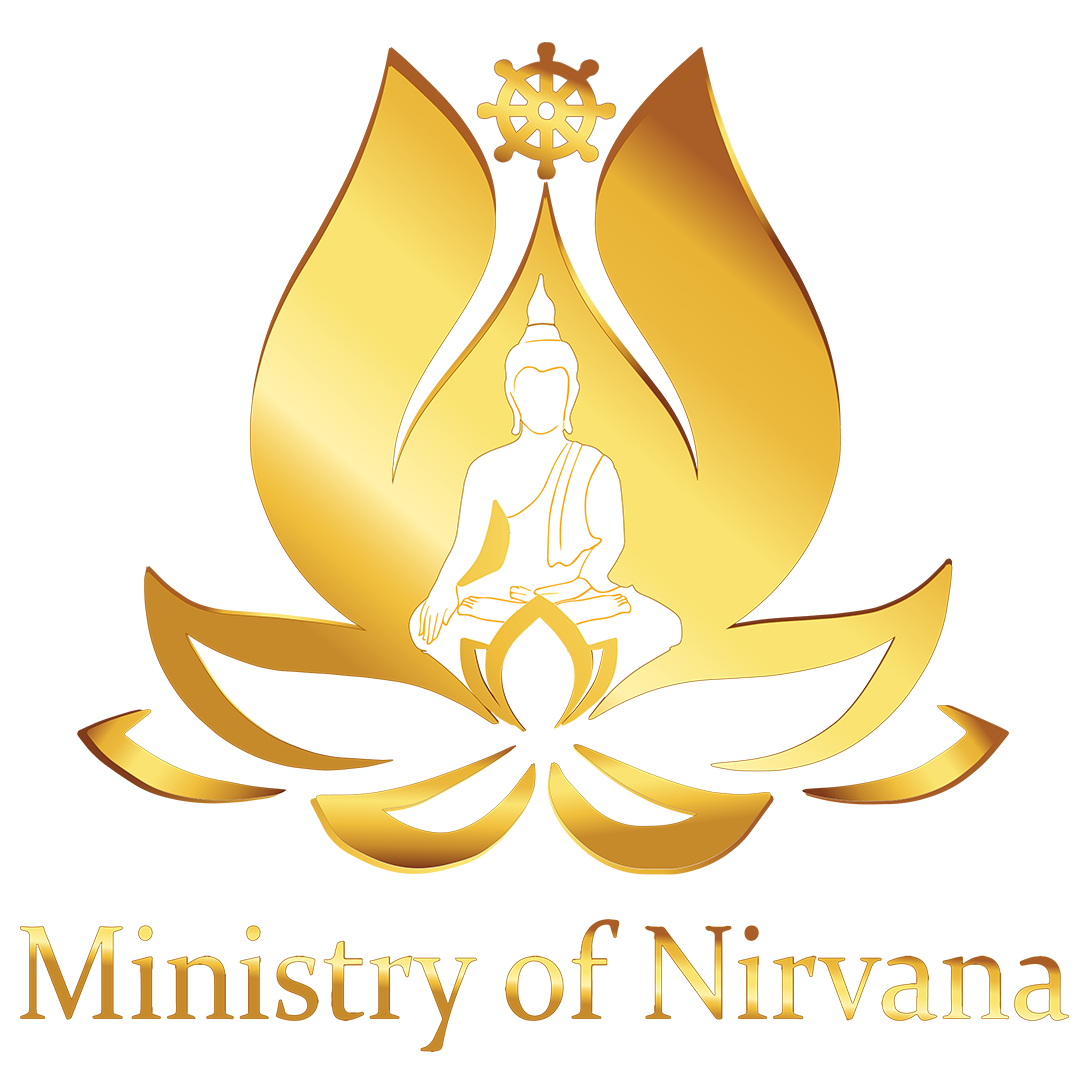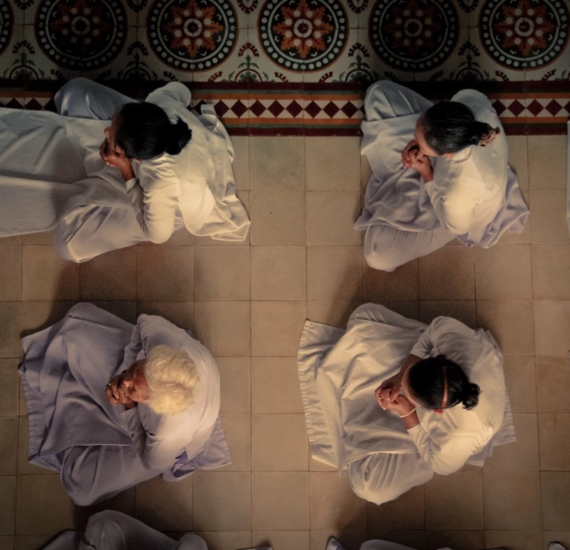What does it mean to let go and how can we practice it?
“Pain is definite. Suffering is voluntary.”
-Lord Buddha
How much do we waste of our lives worrying, regretting, feeling guilty or frustrated, or avoiding people or things? All these happen to us because we are too tightly attached to someone or something and we want them to be as we wish. We also want things to be to our liking rather than accepting them as they are or accepting whatever might be. This is the problem of existence. Things in this world are impermanent, continuously changing and are not to our liking. So, we do not find ultimate happiness or satisfaction in anything we experience (All existence is dukkha, the truth of dukkha).
The natural human nature is to blame our difficulties or painful feelings on things outside ourselves. But the actual root is to be found in our mind itself. The origination of dukkha continues with “Thanha”, craving for and clinging to these impermanent things and states (The cause of dukkha is craving, the truth of Samudaya). This craving and clinging produce karma that keeps us trapped in Sansara (the endless cycle of birth, death, and rebirth) and repeated dissatisfaction.
Can we change the things that happen to us? In most cases, we cannot, but we can change our responses. We can stop worrying, regretting, or feeling guilty about things. When we relinquish craving and clinging, letting go of “Thanha”, a blissful state of mind is attained. Dukkha can be ceased or confined. (The cessation of dukkha comes with the cessation of craving, the truth of nirodha).
OK, if we are too attached or clinging too tightly, these cravings come into existence with dukkha cause sufferings and never ending psychological and physical pain, then what is the answer? Just loosen the attachments and clinging to impermanent things and states not just physically but also mentally. Just let go (The path to free from dukkha, the truth of magga)
There are two aspects of letting go: (i) physical aspect: letting go of material possessions and people (ii) psychological aspect: letting go of emotions, feelings, thoughts, ideas, perceptions, schemas and past experiences.
Here’s an example that describes letting go from your mind is the most important to liberate from dukkha:
There is a famous story about two traveling Buddhist monks who wanted to cross a swift, shallow river. A young woman stood on the bank nearby and needed to cross. She was afraid and she asked help from the monks. The two monks had taken vows to never touch a woman and older monk hesitated. But the other picked her up on his shoulder and carried her across the river, leaving her down gently on the other side. The two monks continued their journey in silence for some time and then the older monk burst out, “You took vows to never touch a woman! How could you have picked her up like that?”
And the younger monk said, “I set her down a few hours ago. Why are you still carrying her?”
Letting go is not easy
We attached to things, people or ideas we like, we never attach to things we do not like. So, it we want to practice letting go, we need to let go what we attached to. What is the root of attachment? the root of attachment is the wrong view of very self (Atta hi attano naththi (Dhammapada, Verse 62): he himself is not his own), the wrong view of very self is the illusion that keeps us trapped in samsara, [the repeated cycle of bhava (habitual tendencies) and jāti (birth)], the coming to be of a new existence as the arising of the sense of self as a mental phenomenon and then we attach to this because of our insecurities and unhappiness. For instance, if you are sick and you have high blood pressure, diabetes or simple headache, can you control those as your liking? That shows your body surely doesn’t work for our liking. You need to get medication for recovery though you like it or not. If we look at your feelings, emotions, affects, thoughts, which occur in your mind. Are they aroused according to your wish? No, most of the time they just arose and passed away after some time. We do not have any control over those things but we take ourselves for granted although we cannot control our “own” body or mind. So we are trapped in the wrong view of ourselves. The other side of this is, we take outside also as granted: our parents, children, spouse, siblings, lovers, assets, when you cannot take yourself for granted how could you take someone else? Now you are tangled with suffering and dukkha. “Antho jata bahi jata, jataya jahito jata”
Letting go will not happen at once. However, cultivating gradual practice of letting go will make letting go easier. Are letting go of material possessions and people enough for our liberation? If that were enough, our Lord Buddha when he was born as “King Wessanthara”, before attaining Buddha-hood, the Bodhisatta had practiced the perfection of generosity by donating all his valuable possessions (all valuables, white elephant), his children (Jaaliya, Krishnajinaa) and his wife ( Manthree devi) and should obtain the liberation in that life. This story clearly says that letting go of tangible things is not enough and we need to practice more sophisticated letting go that our mind implicates, which is letting go of feelings, thoughts, ideas, perceptions and past experiences. These are intangible let go that no one can see or touch. In the above example, both monks physically left the women easily, but the one monk carried her with his thoughts, this tarnished consciousness (kahataganwunu chittaya) made him worried. The other monk, who actually carried the woman had clear consciousness and he let go his thoughts about the woman on the spot he left her in the river bank.
The most difficult type of letting go is to let go of oneself, this could be someone’s thoughts, emotions, ideas, schemas and experiences as in the above example. A person’s mood (sad or happy) is always connected with a cause or causes. If a person cannot see this cause and effect relationship, the suffering is inevitable. For instance, suppose you are blessed with blissful happiness or unconditional love, if you can’t understand this is temporary and can be changed any time due to the physical and mental changes in yourself. As human beings our concept of changes are combined with your real-self (true self) and ideal-self (who and what I want to be) and causes cognitive dissonance (mental conflict), which eventually lead to negative psychological outcomes (effects) of sadness, anger, frustration, agony, guilt towards your own-self and others, especially if we do not aware of ourselves, understand ourselves or situation properly. Although it caused immense level of suffering, it happened inside your mind. Broadly analysing, it is within yourself no connection to outside and the thoughts arose within you and passed a way, which leading cause for the suffering.
Similarly, when you are going through very difficult times in your life, the same cycle is happening with in your mind. For example, death of a loved one, divorce, loss of money, business, jobs and pandemic situation causes negative thoughts, emotions such as sadness, anger, frustration, agony again it is inside your mind never the outside. As the whole world is created within you inside your mind, again it will bring immense level of suffering. This again shows even though we feel happy (positive feeling) or sad (negative feeling), if we do not understand the truth the suffering is inevitable. (“Loko patitita dukkha“: everything, every emotion, every feeling will bring pain).
Intangible letting go has to done by individually. First focal point is yourself, be empathetic, kind and passionate to yourself. Your mind can be tamed only by understanding and realising. Therefore, you need to let go with of your own self-inflicted negative emotions such as guilt, anger, sadness, frustration and replace those with empathy, kindness and compassion (Maeethriya, Dayawa). When you are doing Arya Maithriya, you wish for an end to your cravings, or an end to the cravings of others. What happens is that this wish transforms you from being stuck in your attachment, and when you wish for others’ suffering to end, you connect yourself to them, see that your suffering is the same as theirs, and understand that this is common to every living being. It also helps to be kind to yourself, accept yourself and forgive yourself and let go of the idea of perfectionism. No one is perfect except Lord Buddha, even “Rhathanwahase” has some flaws. Have you heard about Pilindabaggiya Rahathnwahase, who used absurd words to call others? That is because “Wasana Kelesa”, which are dwell in our genes.
We bother about things that either happened in the past or things that could happen in the future. But the truth is those things are not happening at this very moment (right here and right now). In simple words, we are creating them. If we are fully aware of this our understanding will let them go. In other words, we do not attach to those from our minds, and we don’t dwell in that situation.
This intangible letting go can be done by identification (knowing the situation and yourself), understanding (awareness of situation and yourself) and own actualisation (realisation/prathyakshaya). Mindfulness is the best way to practice letting go of attachments. Mindfulness is the practice of being fully present and alive, body and mind united. Mindfulness is the energy that helps us to know what is going on in the present moment.
Contemplating or aware of yourself is a good practice for letting go, this can be practiced by noticing what your mind is doing and letting go of past and future moments to bring your attention to the present moment without judgment. Practicing mindfulness and meditation helps to be in the present moment, while meditating, you will find that your mind runs away from the present moment, attaching to worries about the future, planning, or remembering things in the past, when the thought arise you have to let go and try to be in the present moment.
As you know the idea of yourself, the future, the past and the world is made of your own perception about things, once you understand yourself you would understand entire world. Therefore, letting go of yourself that causes suffering will let you go of the entire world. This leads to your own salvation, blissful state of mind which cannot be changed by anything, any external stimuli (outside world) or internal stimuli (mental and physical conflictions in yourself).
Sources:
- Budun desu daham
- Dhamma Padaya
- Pansiya Panas Jathakaya
- Thripitakaya


